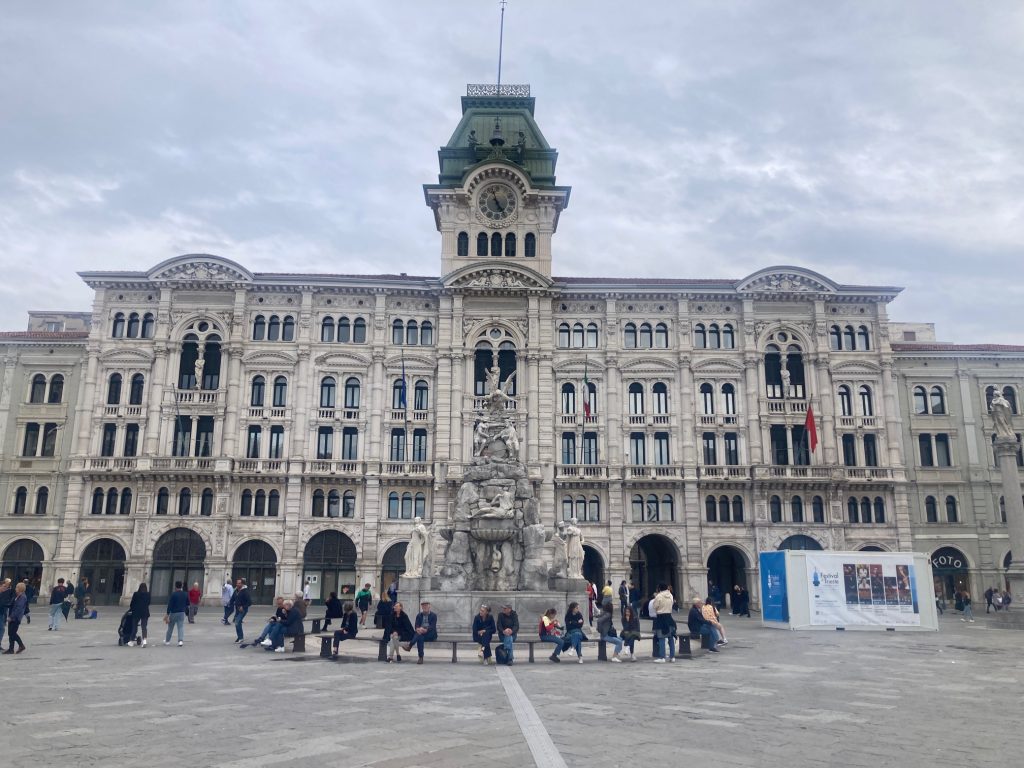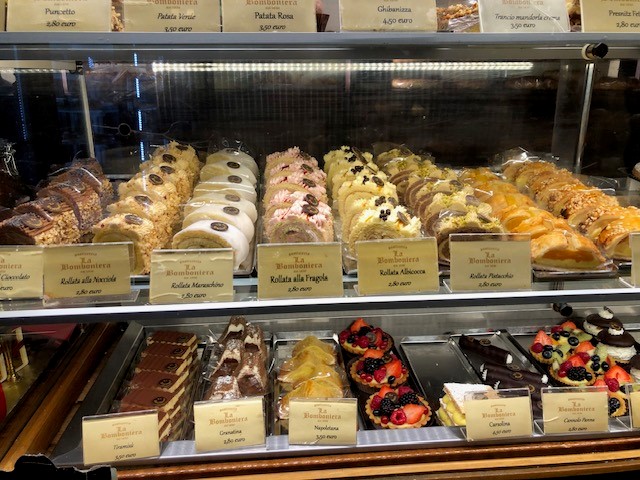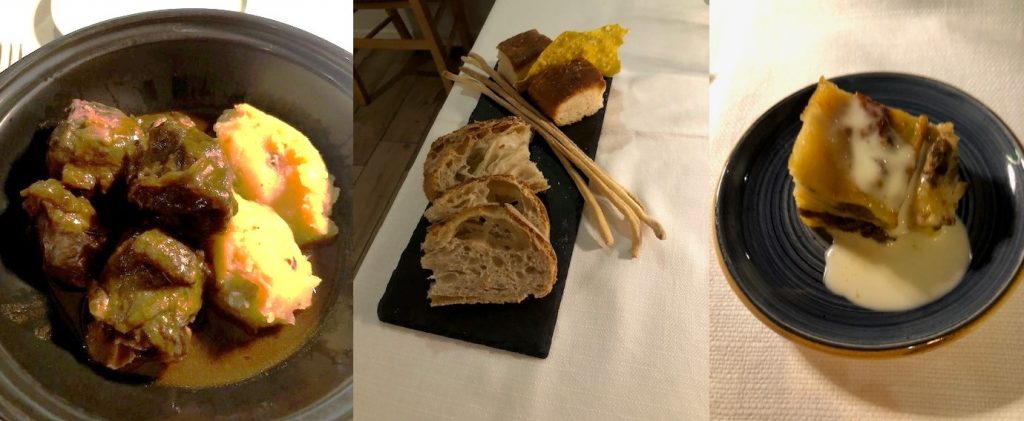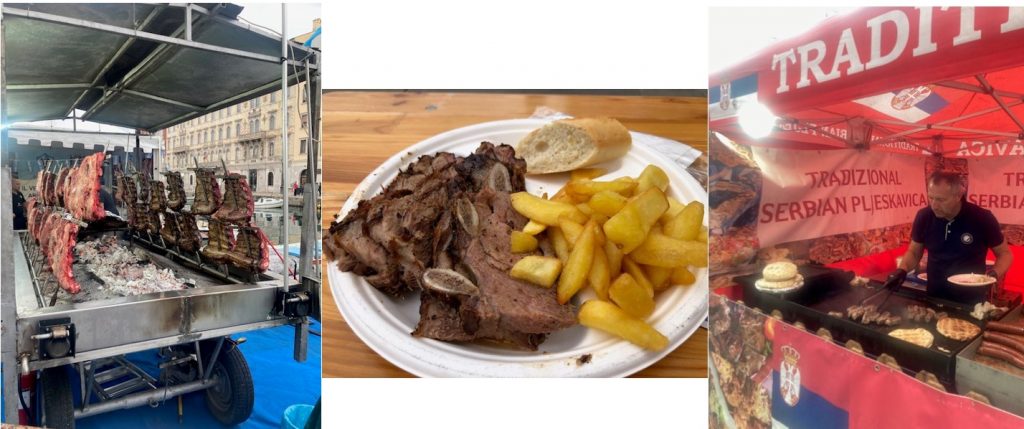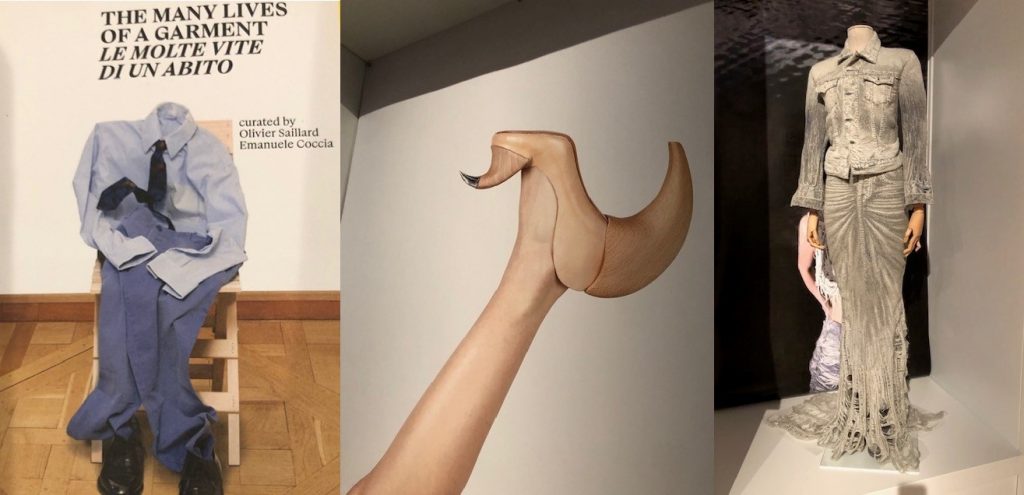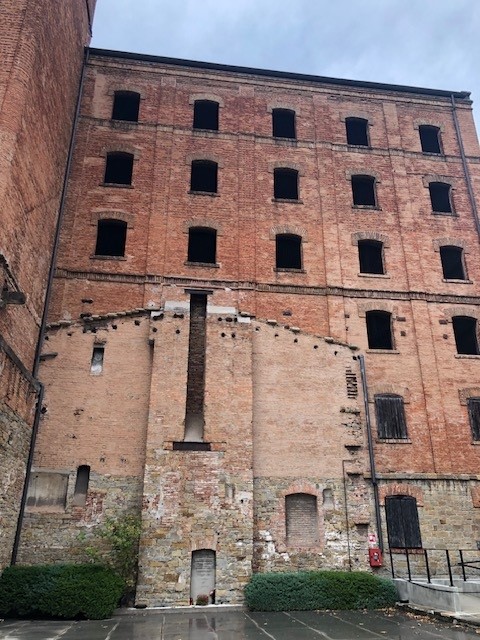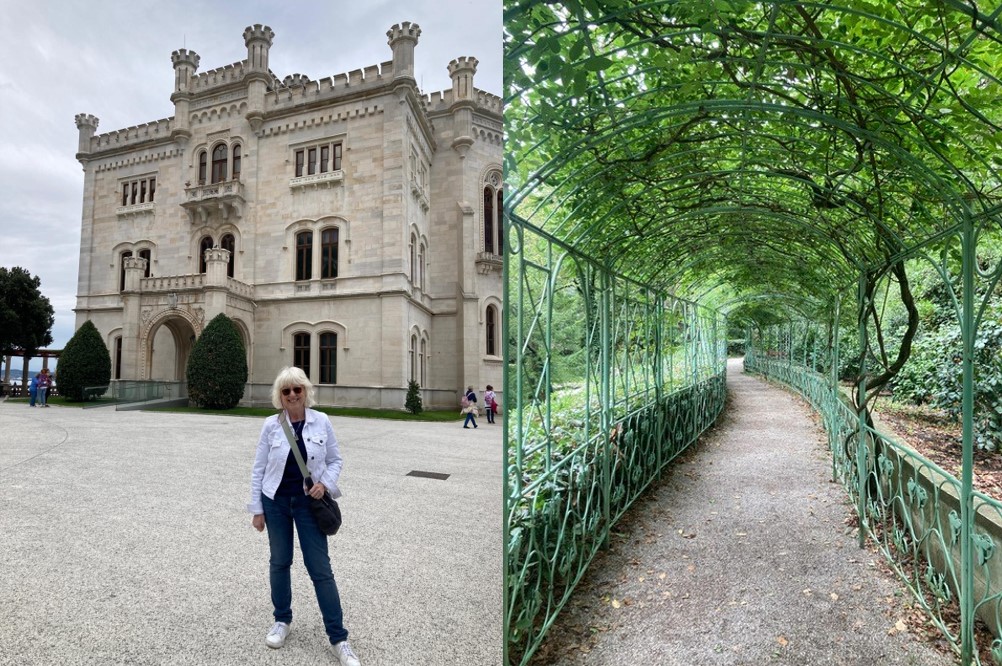Travelling northeast by train from Venice we find ourselves in the seaport of Trieste, close to the border with Slovenia. Proudly Italian I’m told, but a little more complicated in identity as it has only been the capital city of the Friuli Venezia Giulia region since 1963. Before that it was part of Austrian territory for centuries and since the First World War territorial changes and disputes have left their mark with a diverse population influencing the culture and the food.
In stark contrast after Moorish Venice, Trieste boasts elegant Hapsburg era architecture on a grand scale with wide streets and an enormous central square with a sea view. The Hapsburgs don’t have it all their own way, though. A medieval old town and the remains of a Roman theatre are just a short walk from the centre. Trieste even has its own Grand Canal in the centre of the city and though wide, this is almost decorative by comparison to the major waterway of the same name in Venice.
Confetti and Coffee
Trieste is famous for a few things, and you don’t have to be here long to know what they are because the Triestini will soon tell you. Apparently, the tradition of throwing paper confetti over newlyweds and at other celebrations began in Trieste in the 1800s, when a teenager named Ettore Fenderl couldn’t afford the expense of showering the passing carnival parade in rose petals and improvised with small pieces of coloured paper. This smart young man went on to become a celebrated scientist, inventor, and philanthropist. It may be that it took the Milanese engineer Enrico Mangilli to experiment in a similar way, and then commercialise the idea but you won’t hear too much about that version of events in Trieste.
The illy coffee brand has its head office in the city and the claim that this makes Trieste the coffee capital of Italy is not just marketing guff. The Mediterranean’s biggest coffee port started to grow under Austro-Hungarian rule and spawned the café culture reminiscent of Vienna and Budapest that remains today. In 1933, Hungarian born Francesco Illy established the family business and went on to invent the first automatic coffee machine and novel systems of packaging that meant he could sell his brand across Italy and eventually, the world. Research and innovation is still the hallmark of the illy family business. With this impressive heritage Trieste has developed its own language for ordering coffee, quite different from the rest of Italy and Europe and with many more variations concerning the quantity of the milk and whether the receptacle is a glass or a cup. We comprehensively failed to master all this in a couple of days. For example, a cappuccino is called a caffelatte, an espresso, a nero. We ordered with confidence and in total ignorance every time and mainly got something we weren’t expecting but you live and learn.
The best thing about Trieste’s coffee culture is of course the accompanying sweet treats available at the many Viennese-style cafés. Close to our accommodation and popular with families on a Sunday morning, La Bomboniera is one of the city’s finest Austro-Hungarian style patisseries. Founded in 1836 and offering such a superb choice of cakes, pastries, and chocolates there is hardly any room for seating, we had to brave the chilly temperature and eat at a table outside like the locals but it was well worth it.
Trieste has a less welcoming face in the winter, due to the ever-present possibility of the notorious Bora wind. Severe gusts of up to 150km can be so challenging that handrails have been installed in strategic parts of the city to assist pedestrians in danger of being knocked off their feet!
Food and Fashion
Whilst standard Italian food is easily available it is really interesting to note how history has influenced the food culture in Trieste with dishes like goulash and Piatto Misto di Caldaia – a mixed plate of different cuts of boiled pork, with sauerkraut and horseradish typical examples. For the best goulash, Al Petes a superb restaurant in the old town serves a meltingly tender beef cheek version. I should add that prior to goulash we had enjoyed the most amazing amuse bouche. The purpose of these little bites is to whet your appetite for what is to come but this little square of venison lasagne, oozing with meaty ragu and cheese sauce left me wondering why this wasn’t promoted to a main course.
Trieste continues to be open to different world cuisines and has elevated international street food to glorious heights with a row of popular gourmet food trucks positioned near the Grand Canal. The aromas from the Serbian, Turkish and Greek stalls were tempting but there was no contest really. Argentinian beef rib, roasting en masse on giant vertical grills and cut to order was our very fine Sunday lunch, eaten Trieste -style with chips, on nearby bench seating, and washed down with a cold beer. People talk fondly about the past, but did anything taste this good when James Joyce walked these streets?
Turn of the century cafés where intellectuals from across Europe would meet to exchange ideas would have been familiar to James Joyce. He spent ten years in the city from 1904, famously living above a brothel in the former Jewish ghetto. A prominently placed bronze statue of the writer celebrates his links with the city. There’s also a James Joyce museum to get the full story but we declined this in favour of a much more exciting offer at the ITS Arcademy Museum of Art in Fashion. Italy’s first museum of contemporary fashion is a must visit for anyone with a passing interest in the relationship we have with clothes. I particularly enjoyed the thought-provoking and poetic observations on clothing. ‘A wardrobe is first and foremost a small domestic museum. Folded and stacked up, hanging on the metal shoulders of hangers, clothes are negatives of ourselves, waiting to be seen.’
As well as beautifully designed exhibitions and an archive, the museum runs an annual competition for emerging designers. From over 750 worldwide submissions, a handful of finalists are invited to display their creations. Visitors can also leaf through their individual digital portfolios to better understand and appreciate the creative minds behind the ideas.
Shame and Beauty
The Nazi era casts a long shadow over most European cites and Trieste is no exception. The synagogue of Trieste was inaugurated in 1912 and is among the largest in Europe. Our guide told us it survived wartime devastation as the Nazis planned to turn the building into a luxurious swimming pool. Meanwhile, just a bus ride away, the Risiera di San Sabba, now a museum and national monument, was used from 1943 as a place of detention and murder. The crematorium installed on the site from 1944 was destroyed by the Nazis before they fled.
The weather was very changeable in the three days were spent in Trieste but we took advantage of a sunny day to take a boat trip from Trieste to Castello di Miramare. The gothic, white stone castle is a former residence of the Hapsburg family. We decided not to tour the interiors but instead explored the grounds and the beautiful botanical gardens.
Next stop, Ljubljana, Slovenia.
